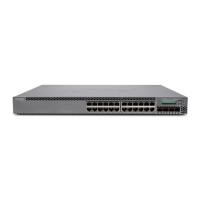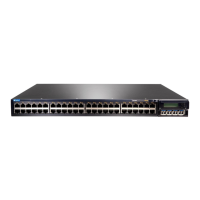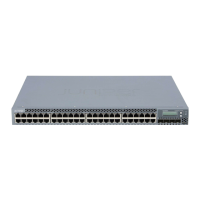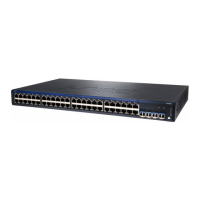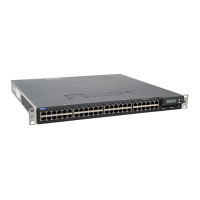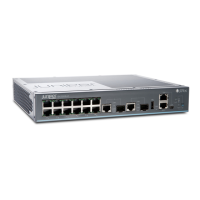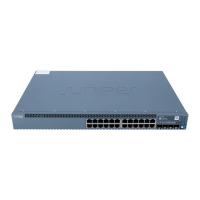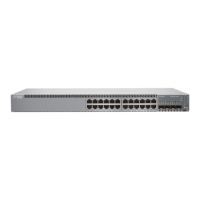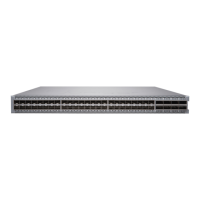•
For DHCP relay agent:
[edit forwarding-options dhcp-relay]
user@host# edit authentication
2. Configure the password. (DHCP local server, DHCPv6 local server, and DHCP relay
agent all support the password statement.)
[edit system services dhcp-local-server authentication]
user@host# set password $ABC123
Related
Documentation
Extended DHCP Local Server Overview on page 22•
• DHCPv6 Local Server Overview on page 40
• Extended DHCP Relay Agent Overview on page 46
• Using External AAA Authentication Services with DHCP on page 101
• Special Requirements for Junos OS Plain-Text Passwords
Creating Unique Usernames for DHCP Clients
You can configure the extended DHCP application to include additional information in
the username that is passed to the external AAA authentication service when the DHCP
client logs in. This additional information enables you to construct usernames that
uniquely identify subscribers (DHCP clients).
NOTE: If you do not include a username in the authentication configuration,
the router (or switch) does not perform authentication; however, the IP
address is provided by the local pool if it is configured.
When you use the DHCPv6 local server, you must configure authentication
and the client username; otherwise client login fails.
The following list describes the optional information that you can include as part of the
username:
•
circuit-type—The circuit type used by the DHCP client, for example enet.
•
client-id—The client identifier option (option 1). (DHCPv6 local server DHCPv6 relay
agent only)
•
delimiter—The delimiter character that separates components that make up the
concatenated username. The default delimiter is a period (.). The semicolon (;) is not
supported as a delimiter character.
•
domain-name—The client domain name as a string. The router adds the @ delimiter
to the username.
•
interface-description—The description of the device (physical) interface or the logical
interface.
103Copyright © 2017, Juniper Networks, Inc.
Chapter 8: Managing DHCP Clients
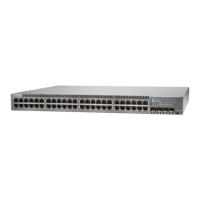
